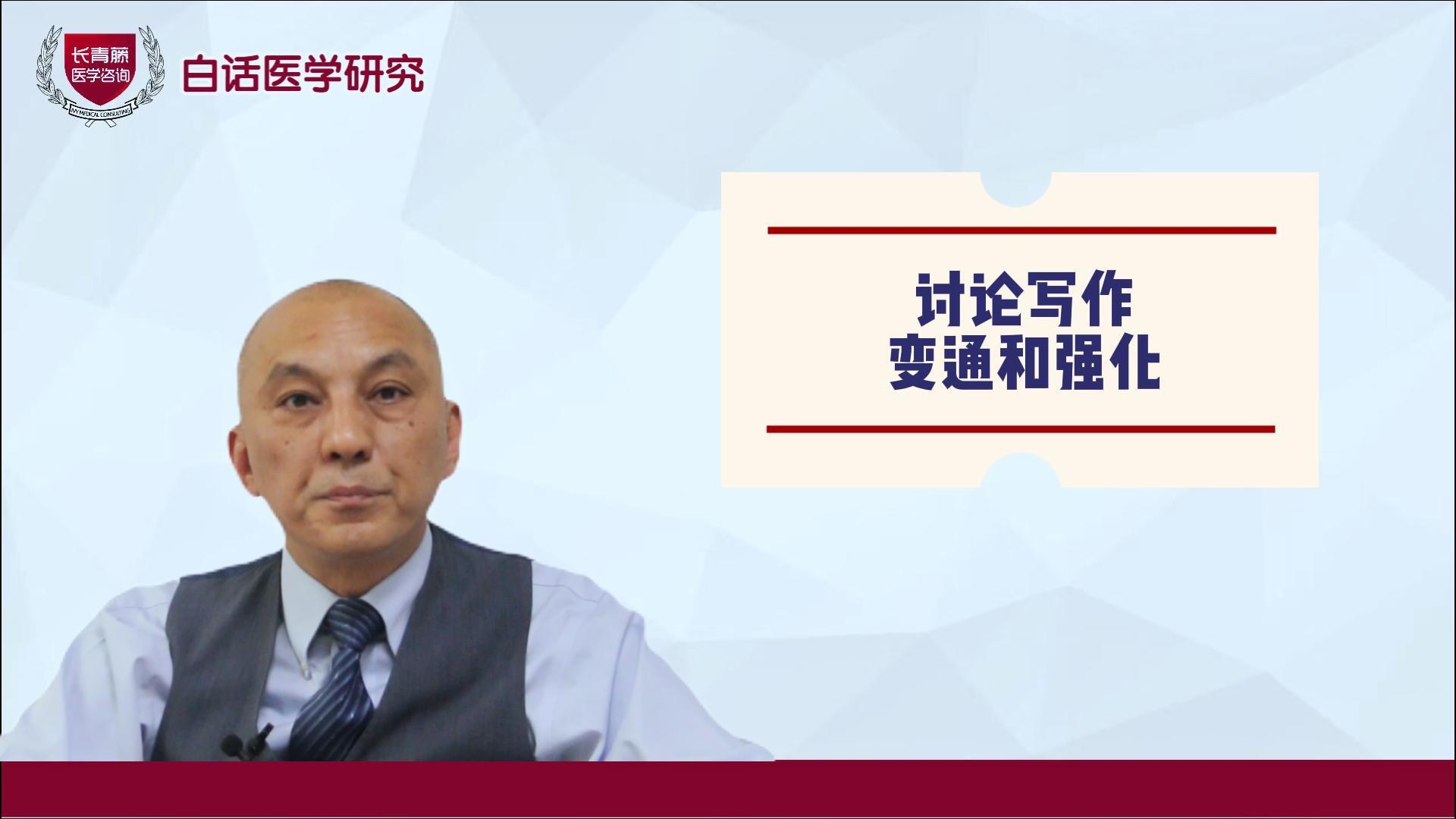1970-01-01

 Fei Lü, MD, PhD, FACC, Assistant Professor of Medicine Director, Clinical Cardiac Electrophysiology Laboratories,University of Minnesota Medical Center Minneapolis, Minnesota, USA Implantable cardioverter-defibrillators (ICDs), first implanted in 1980, have saved countless lives.
Fei Lü, MD, PhD, FACC, Assistant Professor of Medicine Director, Clinical Cardiac Electrophysiology Laboratories,University of Minnesota Medical Center Minneapolis, Minnesota, USA Implantable cardioverter-defibrillators (ICDs), first implanted in 1980, have saved countless lives.
For many years, ICDs were mainly used for secondary prevention of sudden cardiac death (SCD) in cardiac arrest survivors. Current indication for ICD implantation has been expanded to primary prevention of SCD in those at high risk of SCD without previous events of cardiac arrest. Although considerable efforts have been made during last three decades, accurate identification of patients at high risk of SCD is still a challenging problem confronting cardiology. It is well known that patients have the tendency to die suddenly in several clinical settings, such as post myocardial infarction, left ventricular dysfunction, dilated or hypertrophic cardiomyopathies, long QT syndromes, and Brugada syndrome, in addition to those with documented sustained ventricular arrhythmias. Many invasive and noninvasive techniques have been investigated extensively for risk stratification for SCD.
The proposed risk factors include frequent spontaneous ventricular arrhythmias, inducible sustained ventricular arrhythmias, depressed left ventricular ejection fraction (LVEF), imbalanced autonomic tone, repolarization abnormalities (such as T wave alternans), and several others. However, the positive predictive value of these proposed risk factors is low (in addition to their low sensitivity and specificity), and to the most, modest, when they are used in combination. Over many years, inducible sustained monomorphic ventricular tachycardia by programmed electrical stimulation (PES) had been thought to be the “gold standard” for risk stratification for SCD, particularly in patients following myocardial infarction. PES is rarely used in the daily practice now, largely limited by its low sensitivity and specificity as well as low positive predictive value. This is particularly true in non-ischemic heart diseases.
A reduced LVEF remains the single most important risk factor for overall mortality and SCD. The two recently published trials, the Second Multicenter Automatic Defibrillator Implantation Trial (MADIT II) and the Sudden Cardiac Death in Heart Failure Trial (SCD-HeFT), provide strong evidence of the importance of ICD in primary prevention of SCD in patients with ischemic and non-ischemic cardiomyopathy with a LVEF ≤35%. A LVEF ≤35% has become standard indication for ICD implantation in the US as recommended by the American Heart Association (AHA) and the American College of Cardiology (ACC) and adapted by the US government health policy (Centers for Medicare & Medicaid Services, CMS). Although ICD is undoubtedly life-saving, there are many unsettled questions in the field of primary prevention of SCD using ICDs. Firstly, ventricular fibrillation has been thought to be the final common pathway of cardiac arrest, which is the pathophysiologic basis of ICD implantation for both primary and secondary prevention of SCD. Either the MADIT II or SCD-HeFT trial does not provide any guides for primary prevention of SCD in patients with a depressed LVEF but >35% (if not to mention the main SCD subgroup in general population). Some other smaller trials such as the DEFIbrillators in Non-Ischemic cardiomyopathy Treatment Evaluation (DEFINITE) and the Germen Cardiomyopathy trial even showed no benefits of ICD in patients with idiopathic dilated cardiomyopathy.
Further, the precise mechanistic relationship between a low LVEF and ventricular fibrillation remains unclear. Again, the positive predictive value of a depressed LVEF alone for SCD is relatively low. This has led to a concern of the cost-effectiveness of using ICD for primary prevention of SCD, especially in the developing countries, due to the relatively high cost of an ICD system. On average, the defibrillator hardware costs
百度浏览 来源 : 国际循环
版权声明:本网站所有注明来源“医微客”的文字、图片和音视频资料,版权均属于医微客所有,非经授权,任何媒体、网站或个人不得转载,授权转载时须注明来源:”医微客”。本网所有转载文章系出于传递更多信息之目的,且明确注明来源和作者,转载仅作观点分享,版权归原作者所有。不希望被转载的媒体或个人可与我们联系,我们将立即进行删除处理。 本站拥有对此声明的最终解释权。




发表评论
注册或登后即可发表评论
登录注册
全部评论(0)